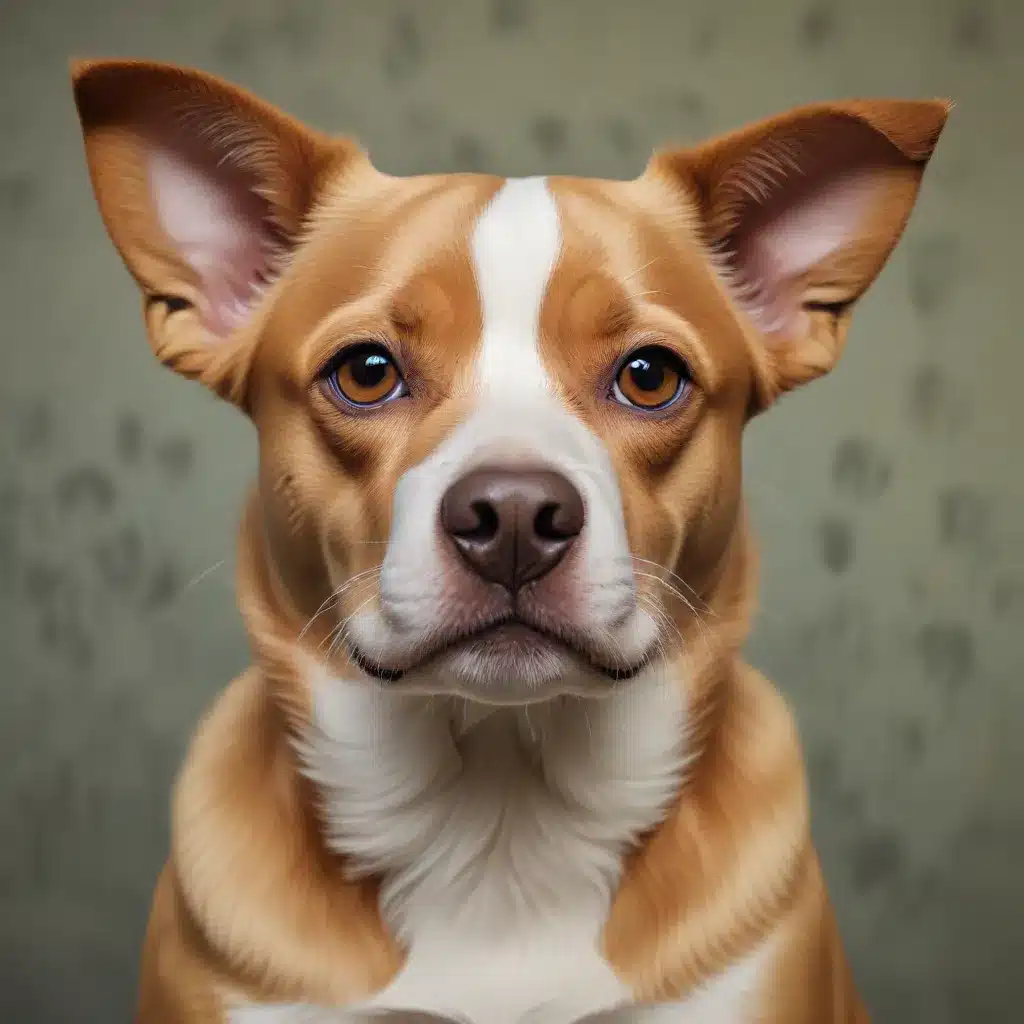
Mastering Color Theory for Expressive Pet Portraiture
As a seasoned artist and educator, I’ve spent countless hours exploring the power of color and its profound impact on the creative process. When it comes to the realm of pet portraiture, hue harmony is absolutely essential for capturing the essence of our furry, feathered, or scaly companions in a visually striking and emotionally resonant manner.
In this comprehensive guide, we’ll delve into the intricate relationship between color, emotion, and realism, equipping you with the knowledge and techniques to elevate your pet portrait paintings. Whether you’re a beginner exploring the medium or an experienced artist seeking to refine your skills, this article will serve as a valuable resource to help you achieve stunning and captivating results.
Understanding the Psychology of Color
At the heart of any successful pet portrait lies a deep understanding of color theory and its emotional implications. As Noam Kroll, a renowned filmmaker and color expert, eloquently states, “It’s one thing to understand how to color grade on a purely technical level, but it takes a deeper understanding of the psychology of color grading to achieve the greatest emotional impact with your audience.”
This principle holds true not only for the world of filmmaking but also for the art of pet portraiture. By harnessing the emotive power of color, we can create portraits that resonate with the viewer on a profound level, evoking a sense of connection, wonder, or even whimsy.
Striking the Balance: Warm vs. Cool Tones
One of the most fundamental color relationships to consider in pet portraiture is the interplay between warm and cool tones. As Kroll explains, “Warm color palettes typically feel inviting and soft, while cool palettes feel more clinical and raw.” This emotional response is deeply rooted in our innate psychological associations with these color groups.
When painting a pet portrait, the choice of a warm or cool color scheme can significantly shape the overall mood and atmosphere of the piece. A warm-toned portrait, for instance, might convey a sense of comfort, coziness, and familiarity, while a cool-toned portrait could evoke a more contemplative or pensive atmosphere.
Harnessing Complementary Colors
Beyond the warm-cool spectrum, the strategic use of complementary colors can also be a powerful tool in pet portraiture. Complementary colors, those situated opposite each other on the color wheel, offer a striking visual contrast that can be leveraged to create dynamic and visually arresting compositions.
By strategically placing complementary colors side by side, artists can draw the viewer’s eye to specific areas of the painting, highlighting the most essential elements of the pet’s features or expression. This approach can be particularly effective in creating a sense of depth, dimension, and visual interest within the portrait.
Mastering Realism through Color Harmony
While the emotive potential of color is undeniable, it is equally crucial to maintain a sense of realism in pet portraiture. After all, the ultimate goal is to capture the essence of our beloved animal companions in a way that feels authentic and true to life.
This is where the concept of color harmony comes into play. By ensuring that the color relationships within the painting are balanced and cohesive, artists can create a sense of visual unity and authenticity that is essential for a realistic pet portrait.
One helpful technique is to establish a neutral color palette as a foundation, which can then be selectively enhanced with strategic pops of color to accentuate key features or convey specific emotional undertones. This approach allows the artist to maintain a strong grounding in realism while still incorporating the expressive potential of color.
Exploring Diverse Mediums and Techniques
When it comes to pet portraiture, the artist’s choice of medium and technique can also significantly impact the final outcome. From the lush, expressive qualities of oil paints to the luminous transparency of watercolors, each medium offers unique opportunities for capturing the essence of our furry, feathered, or scaly friends.
Experimentation with various mediums and techniques can be a valuable exercise for artists seeking to develop their own distinctive style and approach to pet portraiture. Whether you prefer the bold, gestural brushstrokes of acrylics or the delicate, nuanced layers of colored pencils, the key is to find the medium that best aligns with your artistic vision and allows you to express the emotional resonance of your subject.
Incorporating Photographic References
In the digital age, many pet portrait artists rely on photographic references as a starting point for their paintings. While the use of photographic references can be a helpful tool, it is crucial to understand how to effectively translate the photographic image into a harmonious and expressive painted portrait.
One common challenge that artists face when working with photographic references is the tendency for the colors in the photograph to appear flat or muted. By carefully analyzing the color relationships and making strategic adjustments, artists can breathe life into the portrait and imbue it with a greater sense of depth, vibrancy, and emotional impact.
Bring Your Pet to Life Through Color
As we’ve explored, the strategic use of color in pet portraiture is essential for creating works that are not only visually striking but also emotionally resonant. By mastering the principles of color theory, understanding the psychological impact of various hue combinations, and experimenting with diverse mediums and techniques, artists can unlock the true potential of their pet portrait paintings.
Whether you’re aiming to capture the vibrant energy of a playful pup, the regal elegance of a feline companion, or the serene beauty of a feathered friend, the harmonious application of color will be your guiding light. Embrace the expressive power of hue, and let your pet’s unique personality shine through in your masterful creations.
For more in-depth tutorials, practical tips, and inspiring examples, be sure to explore the Pencil and Paint Muse blog, your ultimate destination for all things related to the art of pet portraiture and beyond.